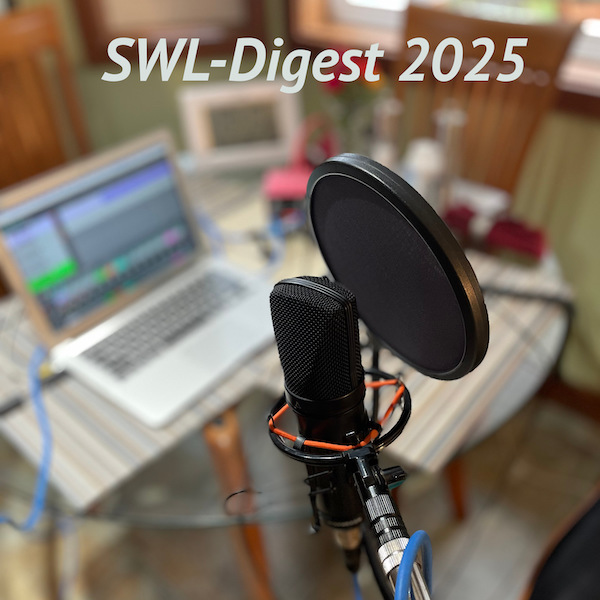 Welcome to the 100% Canadian made DXer.ca website - a resource for radio listeners, SWL's DXers and hams... on the air since 1995.
Welcome to the 100% Canadian made DXer.ca website - a resource for radio listeners, SWL's DXers and hams... on the air since 1995.
Our e-mail is - info AT dxer DOT ca or smash our e-mail contact form up on the right!
My name is Colin and I have been a radio enthusiast since I was a kid in the 1960's. Long distance AM radio reception has always fascinated me and I have had one radio or another to play with since I was 6 or 7 years old.
The SWL Digest (with Ian McFarland) returns! 3 Episodes have dropped! Like what you have heard? Let me know. No feedback means no more episodes. :-)
Photo at right: This has been in the works for a while - the classic RCI program from yesteryear returns with new material - interviews - news and nostalgia! Available on iTunes - Apple Podcasts - and our companion research webpage ColinsCafe.com
Coming soon! More radio reviews... XHDATA units in the queue!
I make (amongst other things...) VACTROL units (almost 70 sets! ) for Flag/Pennant/EWE Antennas - active antenna modules and Misek-Lankford Phasers. I have a stack of well tested "Wellbrook clones..." - whisper quiet small aperture loops using insulated hook up wire -- with in-shack Bias-T interfaces for ultra-portable and super-sleuthy (is that even a word...) deployment.
Feel free to check in on what is happening in my well-equipped shop. Have soldering iron -- will create!
In light of all the tariff hub-bub from our neighbours to the South - be prepared for an extended dialog on getting any of my projects to America... that said, we have sent stuff to every continent on the planet -- and our list of satisfied radio geeks is the stuff of legend.
Located in Victoria B.C. Canada - DXer.ca has been on the air for going on 31 years!
I also do PCB design and testing on request using Autodesk FUSION Eagle CAD and KICAD for pcb development and testing.
XHDATA radio have been sending me various units to test out and we are having fun with this - stay tuned for an update/review of these radios.
